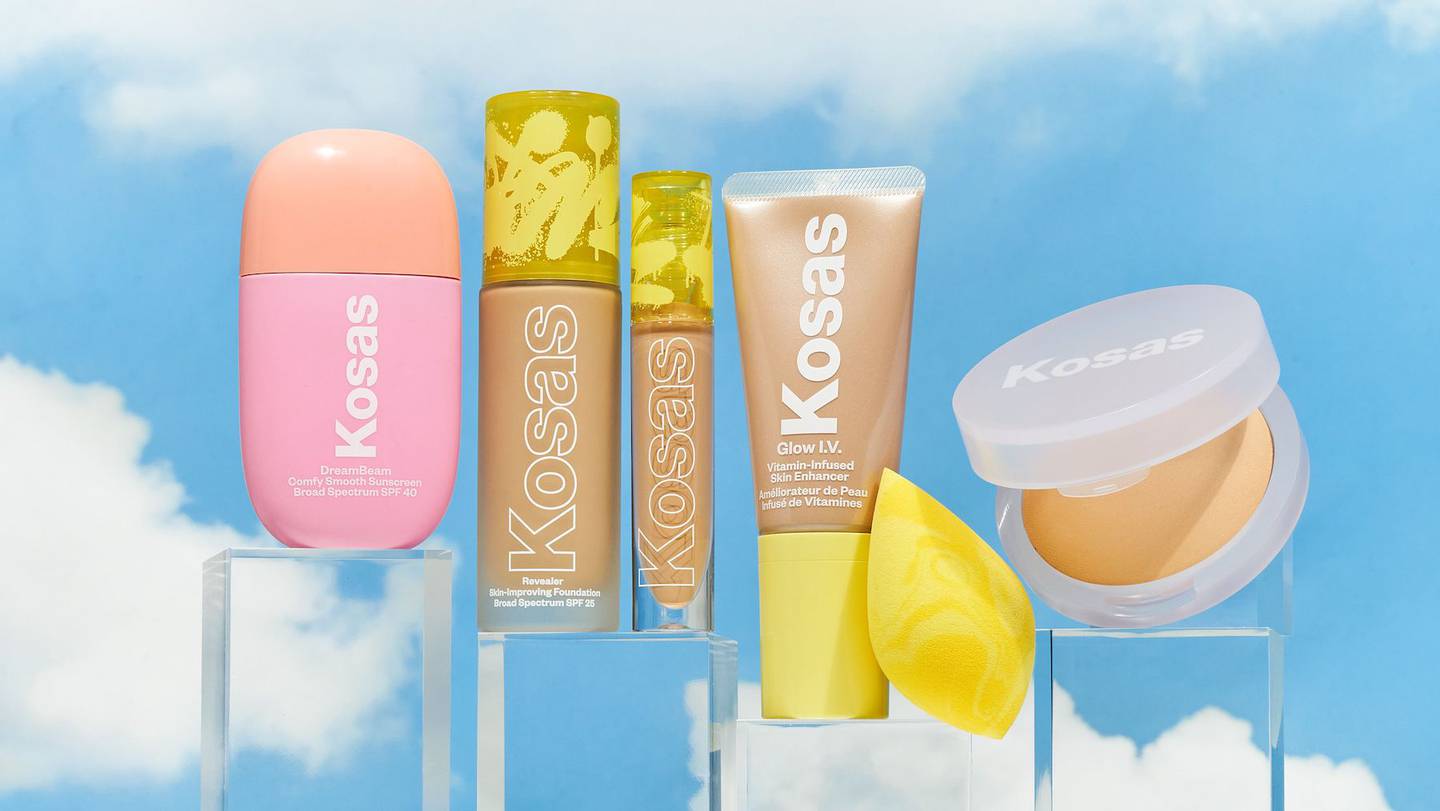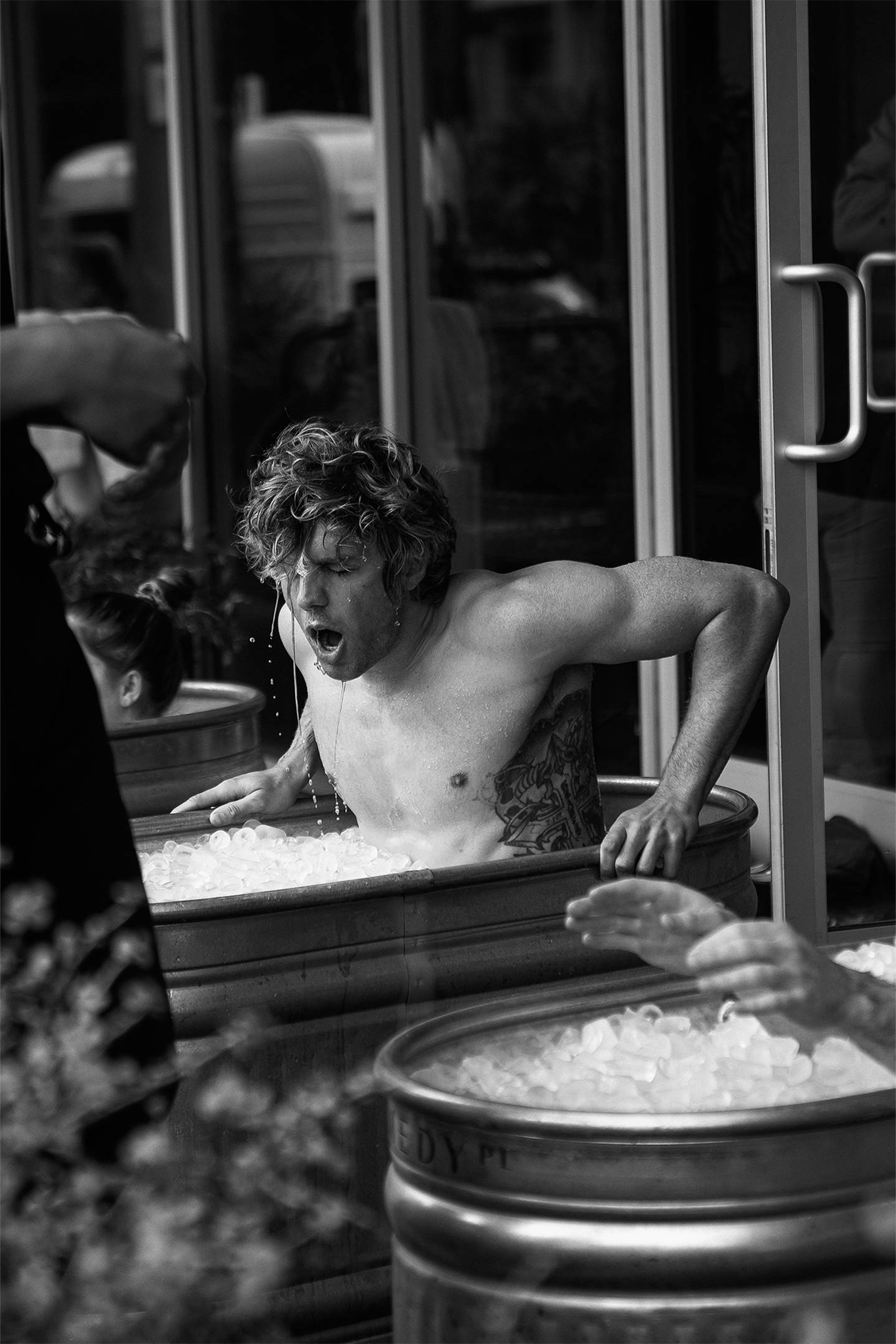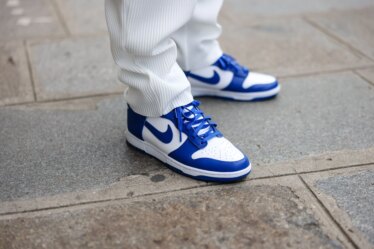
For the last few days, The Body Shop has consumed the beauty news cycle.
After falling into administration last week, The Guardian reported on Sunday that many of the brandâs fair trade suppliers were left with more than $1 million worth of beauty ingredients that may never paid for; by Tuesday, the company announced that it was planning to cut 300 corporate roles and close almost half of its 198 stores in the UK. The rapid fire news came just months after Natura & Co sold The Body Shop in a huge price cut to private investment group Aurelius Group for $254 million in November (Natura & Co purchased the brand in 2017 for $1.1 billion).
The Body Shop was once considered a radical disruptor in the beauty landscape. Founder Anita Roddickâs products used natural ingredients that were ethically sourced and werenât tested on animals. The label often extolled social issues, supporting organisations like Greenpeace, while also selling dewberry perfumes and my personal favourite, mango body butters.
âThere was something boutique-y about it, which was really nice,â Sarah Brown, executive director of the Violet Lab at Violet Grey, told The Business of Beauty. âIt felt personal and sort of quirky, wholesome.â
You could argue that The Body Shop was the original purpose-driven beauty brand. It also made body care, a booming category today, as relevant and important for teens and young adults as makeup.
But just because The Body Shop was the first to bring social issues or body care to the fore doesnât mean its original ethos still resonates.
Aurelius Group certainly has questions about the feasibility of the labelâs purpose-driven roots. Itâs understood that The Body Shopâs entire team focused on activism has been dismantled by the investment group. (Aurelius is the labelâs third owner after LâOréal purchased the line in 2006 for £652 million ($825 million); Natura & Co later bought the line in 2017.)
Beyond that The Body Shopâs standalone store mix seems outdated and far too large. In the nearly 50 years since the brand has been in existence, specialty beauty outposts are where consumers prefer to shop versus owned stores (except for rare instances like Glossier). Even Lush, a fellow body brand which held onto its direct roots for decades, entered Ulta Beauty last November.
âThere has to be a real reason to go into a store,â said Anita Bhagwandas, British beauty journalist and consultant. âIt should have pivoted much quicker and much earlier to being a real trendsetter.â
I canât remember the exact date I first stepped into one of The Body Shopâs stores â Iâm guessing its was sometime in the early 2000s in San Antonio, Texas, which is where my family and I went to buy anything of importance i.e. back to school clothes from Laredo â but I do remember its sophisticated but still playful vibe. It was one of the first times I had the chance to test and try beauty in an open, self-select environment without an older department store associate worrying I was going to junk up a lipstick. And yet it wasnât a free for all like Bath and Body Works or Victoriaâs Secret that enveloped you with scent the moment you walked in the door. Still, The Body Shopâs products, namely its body butters, were plenty fragrant.
Which makes The Body Shopâs biggest issue, its product woes, all the more strange.
Yes, corporate hierarchy and a lack of investment in stores were the first signs of demise, but what teens and young adults loved in the early 2000s are fairly similar to what Gen-Z and Gen Alpha want to buy today. According to Piper Sandlerâs annual Taking Stock of Teens Survey, brands of my youth like Bath & Body Works and Victoriaâs Secret still rank among the top three fragrance brands with US teens; unsurprisingly Sol de Janeiro ranks second.
Beauty is in the midst of a body care boom, something that The Body Shop couldnât have predicted but could have capitalised on. And yet the line, which championed strong, powerful, lastingly perfumed products and made body care a thing, ultimately lost out by not modernising its core proposition.
Here are my top picks from our insight and analysis on beauty and wellness this week:
1. Kosas Masters the Art of Reinvention
First with Gwyneth Paltrow and now with TikTokâs Gen-Z beauty queens, Kosas has charted a course to growth through rebranding, new products and customer base expansion.
2. How âAnti-Spasâ Sell Wellness to Men

Remedy Place, a luxury social wellness club, has completely rebranded the spa experience via athletic recovery with an eye on the male demographic. The company has an ambitious plan to expand starting with its third and largest 7,400-square-foot club in New Yorkâs SoHo neighbourhood this spring and an upcoming product line that brings self-care to the home.
3. Inside Indiaâs Niche Fragrance Takeover

A new crop of local perfume brands are reclaiming indigenous ingredients and reviving ancient fragrance-making techniques. But will that be enough to entice Indian consumers to swap international luxury perfumes for perfumes made at home?



